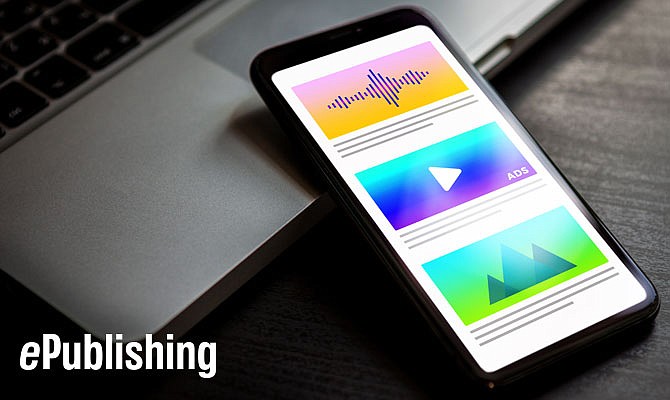
News
Amazon Kindle For Publishers; Initial Impressions
May 21, 2009

News
May 21, 2009

When the Kindle first appeared, I decided that this potentially game-changing device deserved an immersive review. To that end, I pledged I would read nothing printed on actual paper for a period of two months. With the exception of helping with the kids’ homework – nary a printed page passed my eye.
Even as I write this, the stack of newspapers and magazines have piled up in the corner, and the books I had been working through remain undisturbed. I have effectively spent 8 weeks “paperless in Chicago”.
There are countless reviews on the Internet proclaiming their love or their disdain for the Kindle – however my interest is decidedly from the publishers’ perspective.
That said let me get a few things out of the way first:
The business model for the Kindle is pretty simple – sell an overpriced hardware/software-integrated device that stores hundreds of pieces of digital content and make it easy for people to read immediately. Turn the ease and immediacy of the impulse buy into a marketing advantage.
Of course it looks a lot like Apple’s iTunes/iPod ecosystem – so it is not exactly groundbreaking there.
What is unique, is that the Kindle is connected to Sprint’s High-Speed data network (EVDO) and allows a very speedy download if you are in a coverage area. Everywhere I have been in the past two months with rare exception I have been connected. (Full Disclosure: ePublishing has a long history of working with Sprint).
This really puts the Kindle in the “Internet Appliance” category more than anything, which is a very good thing. It has even bested the overly cute Chumby as my favorite for 2008.
This separates the Kindle from its chief competitor, the Sony Reader – another E-Ink-based display device. The Sony suffers from the same E Ink limitations, namely the flashing screen and lag when turning a page. Albeit wrapped in a sexier package, the Sony lacks the built-in dictionary, features and Internet connectivity. Kindle wins, no contest.
The moment I heard whispers from the future occurred just after I received the device, which had been pre-programmed and linked with my Amazon account information. I plugged it in immediately, went to my desk to check some email – and found myself on Amazon choosing a Kindle book.
By the time I finished the purchase, shut down my computer and walked over to the Kindle – it had announced that my book had downloaded and was ready to read. Cool stuff.
I have also enjoyed the wireless connectivity by having my New York Times appearing on my nightstand when I wake up every morning – instead having to walk all the way to my front door. One downside to the wireless connectivity is that it obviously costs Amazon something (though not the user) every time it is connected.
That cost has to be passed along somewhere – enter the blog subscription. That blog which is free on any other internet-connected device now has a cost associated when using the Kindle.
The reaction most people have to the Kindle’s paid blog subscriptions is that they will only use the device for books and magazines. It is hard to beat free.
This is obviously to a publisher’s advantage as the primary challenge a publisher faces with Amazon’s device is the potential for disintermediation of your content and your reader. When and if the Kindle ever becomes more than just a delivery device for books and magazines, it remains a friend to the publisher as simply another alternative delivery channel.
This model for the publisher is not new either - Amazon is simply trading out the cost of printing and postage for an electronic infrastructure.
Please note, I am watching this very carefully as the emergence of a populace willing to pay a “blog subscription” and other traditionally free content may herald a new day for publishers charging for content and/or distribution channels directly to the end user.
If the Kindle is nothing more than a delivery channel, the logical question follows as how many are out there, and does it make sense to begin getting my content ready for the device? The short answer is not many (yet), and yes.
Amazon won’t tell us, but word on the street is about 500,000 of them are expected to move in 2008. Richard McRoskey wrote a nice post over at the SAI, comparing initial sales between the Kindle and some of the more prominent gadgets of our time.
User annoyances of a 1.0 device aside (and there are many), I was stuck on the tarmac waiting in the plane last week … so I fired up the Kindle, and within 5 minutes had purchased a book and a magazine for ½ the price of the in-airport bookseller, with a selection of 120,000+ books. I happily enjoyed the extended battery life and my new “book” over the entire cross-country flight.
I must admit that even though I am used to reading on a screen, there is some emotional attachment missing with a digital book. Don’t tell Greenpeace, but I actually enjoy reading things printed on paper.
Getting on the bandwagon is pretty simple – if you are a client, call your ePublishing Solutions Manager and we will be sure that your content is available for purchase on the Kindle. If not, visit Amazon and follow the steps.